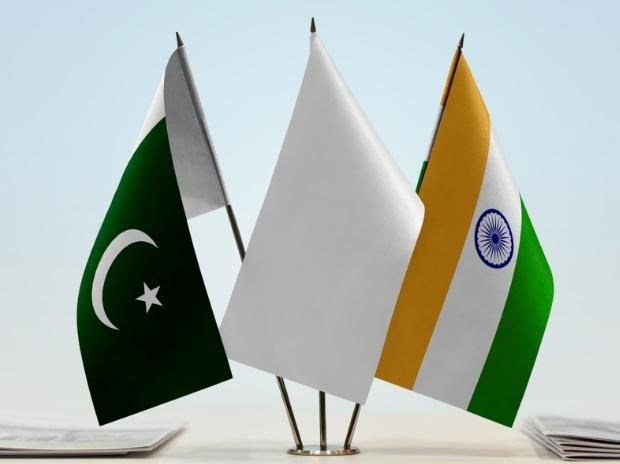Search here

14-May-2025 , Updated on 5/14/2025 11:32:13 PM
How the India-Pakistan War Boosted India’s National Security and Unity
India’s Robust Defence System: A Force to Reckon With
India has one of the strongest and most advanced defence systems in the world that have the ability to protect sovereignty and deter aggression. India is a dominant player in the region of South Asia due to the powerful military triad consisting of the Army, Navy and Air Force supported by nuclear weapons. The country has also managed to make great strides in indigenous defence production with such examples; the Tejas fighter jet, the BrahMos missile, and the INS Vikrant aircraft carrier. Advanced surveillance, cyber-warfare capabilities and a paramilitary special force (such as PARA SF and MARCOS) additionally adds the defensive and offensive power of India.
Strategic Military Superiority Over Pakistan
India’s military power overshadows Pakistan’s in all aspects, in terms of manpower, fire power and technological superiority. Indian Army, world’s number second, can boast higher-grade artillery, tanks, and battle-experienced troops. Indian Air Force is the master of the skies with Rafale and Sukhoi jets, which are among top of the line, and the Navy’s aircraft carriers along with the nuclear submarines are the seaborne rulers. In a large-scale war, the Cold Start Doctrine of India will allow lightning, annihilating strikes into the enemy’s rear before Pakistan has time to respond. India can destroy Pakistan’s military base cruelly with better intelligence (RAW, NTRO), and precision-strike missiles (Agni-V, BrahMos).
Nuclear Deterrence and No-First-Use Policy
The nuclear arsenal by India and their No-First-Use (NFU) policy gives a sound deterrent with moral high ground in India. The harebrained nuclear bravado of Pakistan is balanced by India’s second-strike capability with submarines such as INS Arihant, guaranteeing mutual assured destruction should Pakistan ever play games. India’s missile technology (Shaurya, Prithvi) can bombard with pinpoint accuracy any city of Pakistan or its military establishment. While the command structure of Pakistan is fragile, India’s nuclear controls are very safe and therefore there is little chance of an accidental or unauthorized launch.
Cyber and Asymmetric Warfare Dominance
India is superior to other countries in cyber warfare, electronic spying, and asymmetric warfare outside the scope of traditional fighting. Agencies such as CERT-IN and Defence Cyber Agency are able to destroy Pakistan’s communication networks, banking systems and military logistics in well-coordinated attacks. Australia is known for their elite special forces that are trained for surgical strikes, sabotage and rights of passage type of attacks as seen in the 2016 Uri attacks and the 2019 Balakot attacks. Terror proxies of Pakistan would be under brutal counterattacks and destruction of their infrastructure inside and outside the border.
Future-Ready Defence: Space and AI Warfare
India’s future are space-based surveillance (GSAT-7, RISAT), AI-driven drones, and autonomous combat systems to future-proof its defence. Consolidation of artificial intelligence in battlefield management guarantees rapid and deadlier response to threats. With friendships such as the Quad and close relations with the US, Russia, and Israel, India can access the latest military tech. In case Pakistan ever starts a war, an Indian multi-domain dominance – land, air, sea, cyber, and space – will assure quick, crushing and ruthless victory for India, with no scope for survival of Pakistan as a military threat.

Content Writer
Hi, I’m Meet Patel, a B.Com graduate and passionate content writer skilled in crafting engaging, impactful content for blogs, social media, and marketing.
Join Our Newsletter
Subscribe to our newsletter to receive emails about new views posts, releases and updates.
Copyright 2010 - 2025 MindStick Software Pvt. Ltd. All Rights Reserved Privacy Policy | Terms & Conditions | Cookie Policy